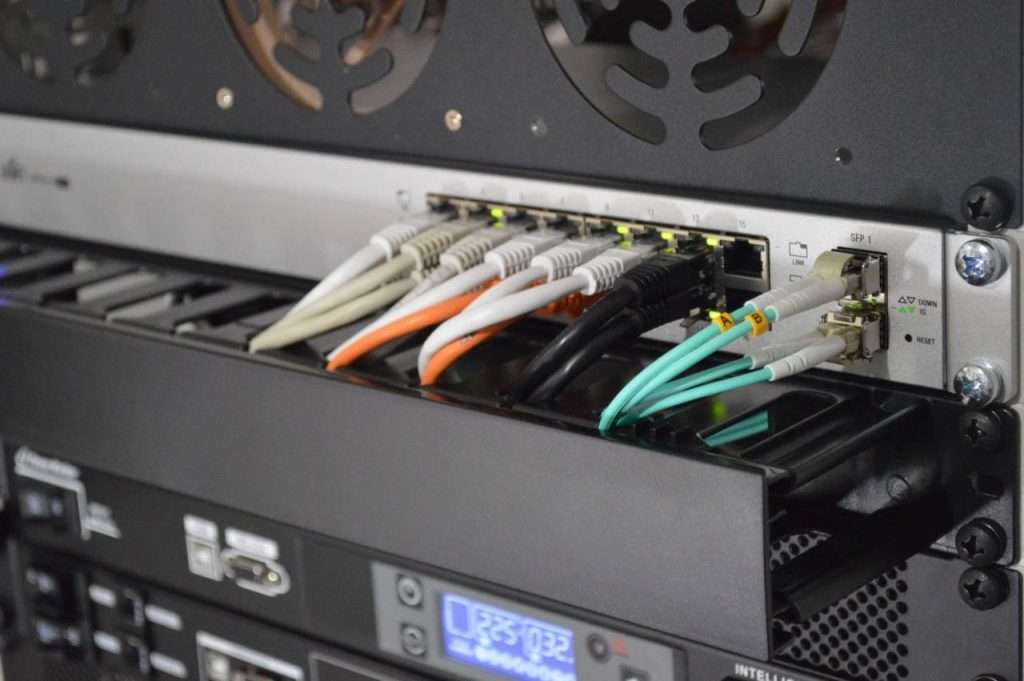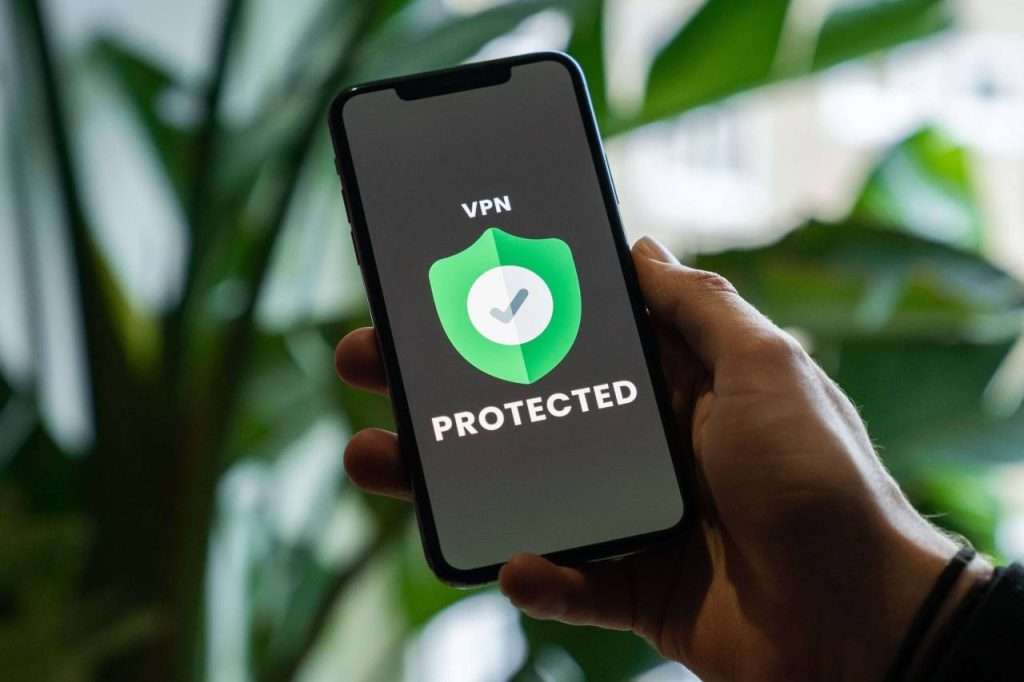Maintaining a safe network environment in the fast-changing field of cybersecurity calls for a sophisticated knowledge and efficient administration of many connection kinds. Emphasizing their importance, vulnerabilities, and advised practices to reduce connected risks, this thorough guide will delve in great detail on many connection types common in IT. Strengthening cybersecurity measures comprehensively will help to ensure the protection of valuable data, systems, and assets by means of which other goals are guaranteed.
Ethernet

Ethernet is the most widely used wired connection; local area networks (LANs) have their backbone in Ethernet. Its stability and security advantages over wireless counterparts enable using Cat5 or higher cables a mainstay in corporate and household networks, hence enabling quick, constant data transfer. Still, physical access to Ethernet ports has flaws.
Port Security (IEEE 802.1X and more), using mitigation strategies, they help to stop unlawful access on data center networks by configuring port security protocols, MAC address filtering and frequent monitoring. NAC systems only offer compliant and sterile network device access. As user-friendly as those features might be for networking, new threats surface with things like Power over Ethernet (PoE) technologies.
Security concerns are a worry with everything IoT. Strong authentication methods, limited PoE-enabled port access, and ongoing firmware updates to help address firmware bugs are key requirements to address. Moreover, adding Software-Defined Networking (SDN) and Network Function Virtualization (NFV) to the Ethernet architecture provides better security and facilitates greater flexibility.
USB (Universal Serial Bus)

Connecting peripheral devices to PCs usually involves USB connectivity, which is quite widespread. Untrusted USB devices create major security concerns even if they let data flow and device compatibility since they may cause harmful infection.
Among the mitigating techniques include changing to USB data encryption solutions to protect private data, limiting access to USB ports by group policies, and using endpoint security solutions with USB device control features. The development of USB technology—including USB Type-C with improved capability—adds security issues and complexity.
Companies should give firmware updates first priority in order to lower risks; they should also apply USB data transfer methods and hardware-based authentication solutions. Furthermore adding still another level of protection against potential threats is the implementation of USB security best practices—hardware-based safe enclaves and tamper-resistant chips.
Wi-Fi (Wireless Fidelity)

By allowing perfect wireless access to networks and the internet, Wi-Fi has transformed connectivity. Though it’s convenient, Wi-Fi has several security flaws like man-in—-middle attacks, eavesdropping, and unwanted access.
Wi-Fi security is much improved by using strong, unique passwords, WPA3 or WPA2 encryption, and Wi-Fi Protected Setup (WPS) and Advanced Encryption Standard (AES) encryption offering extra security features. Wi-Fi 6E offers enhanced speed, capacity, and performance; Wi-Fi 6 (802.11ax) offers speed, security, and capacity.
Routine firmware updates and security patches as well as Wi-Fi 6-specific security enhancements—including Enhanced Open and Opportunistic Wireless Encryption (OWE)—must be followed to lower these risks. Moreover, enhancing Wi-Fi security by means of anomaly detection technologies and Wireless Intrusion Prevention Systems (WIPS) promptly detects and lowers any hazards.
Bluetooth

Bluetooth technology enables devices to communicate wirelessly over a short range of 10 meters, which is the reason behind the wave of smartphones and wireless accessories. That said, device security and data privacy are compromised from Bluetooth Low Energy (BLE) attacks to Bluesnarfing and Bluejacking.
Mitigation includes making sure devices are using the most recent Bluetooth versions, enforcing stringent device pairing procedures, and turning off unused Bluetooth services. The advancement of Bluetooth technology, shown by Bluetooth 5.0 and its iterations, presents security improvements and benefits such as enhanced encryption, faster pairing, and extended range.
In order to capitalize on these gains without sacrificing security, firms should limit access to areas on need-to-know basis, frequently scan BT-powered devices to identify weaknesses and update these gadgets to the latest BT versions available. Further reinforcing Bluetooth security, this supports leading endpoint security solutions and Continuous Monitoring and Response (CMR) systems to help identify and address Bluetooth security-related concerns.
VPN (Virtual Private Networks)

Virtual Private Networks (VPNs) are an indispensable means of creating secure, encrypted connections over a public network, guarding private data and communications against interception and eavesdropping. Public Wi-Fi networks & remote resources using VPNs for data confidentiality & integrity operations. Secure VPN services, use of strong encryption such as AES-256 and MFA methods serves secure VPN. Newer VPN technologies, such as Software Defined Wide Area Networking (SD-WAN) and Zero Trust Network Access (ZTNA), provide much more scalable and secure solutions.
Zero Trust provides a solid foundation for network security — this is the concept that no network connection should be trusted by default, and that access must be continuously verified; SD-WAN solutions are a perfect complement for centralized management and segmentation. Furthermore, VPN architectures now include Secure Access Service Edge (SASE) principles, which help improve security by bringing network security function with WAN capabilities together.
Peer-to-Peer (P2P)

P2P (peer-to-peer) connections, a type of networking, directly connect devices (also called nodes or endpoints) without using a server (and thus, could also be considered decentralized communication) and are commonly used in file-sharing applications, as well as other types of collaboration tools. Nonetheless, P2P connections come with serious security risks as the inner-workings and data shared by their participants can be exposed, and their encryption-vulnerable P2P software-rendered vulnerable.
Preventive measures include using caution when using P2P services, favoring well-known and verified platforms, network segmentation; strong data encryption protocols to secure the data you share. Using blockchain-based decentralized networks (using cryptographic methods and distributed ledger technology) is a new approach to increasing the security and trust of P2P interactions.
In addition, the P2P networks implement behavior-based anomaly detection systems which passively monitor the behaviors of peers and correspond promptly to any suspicious communication as well as the security incidents based on abnormal patterns of P2P nuisances. The state-of-the-art cybersecurity stance is reinforced against new kinds of threats, with continuous P2P traffic monitoring and routine security audits.
Conclusion
Understanding and handling various types of connections across the wide cybersecurity landscape is a key element of building sturdy defenses a well planned and organized defense against the increasingly varied threats that are encountered. Multiple rings of security, utilizing all cybersecurity platforms and fine-grained policies to base enable (enable secure from the sensor to compute pyramids), allows an organization to achieve a robust security position.
With the advances in technology landscape, keeping your gaze on the emerging threats and adapting to security concerns till date would be very important. It is up to organizations to invest in continuous education, workforce training, and greater information-sharing with other partners in the cybersecurity community that can defend against and prevent vulnerabilities proactively.
To sum up, an understanding of all types of connections and vulnerabilities they can expose allow organizations to take comprehensive cybersecurity measures that protect them against the threats in the digital environment — providing a well-rounded approach to safeguarding the most important assets, data, and system from cyberattacks. But combining new tech with proven processes is critical in the ongoing fight against cyber threats.







